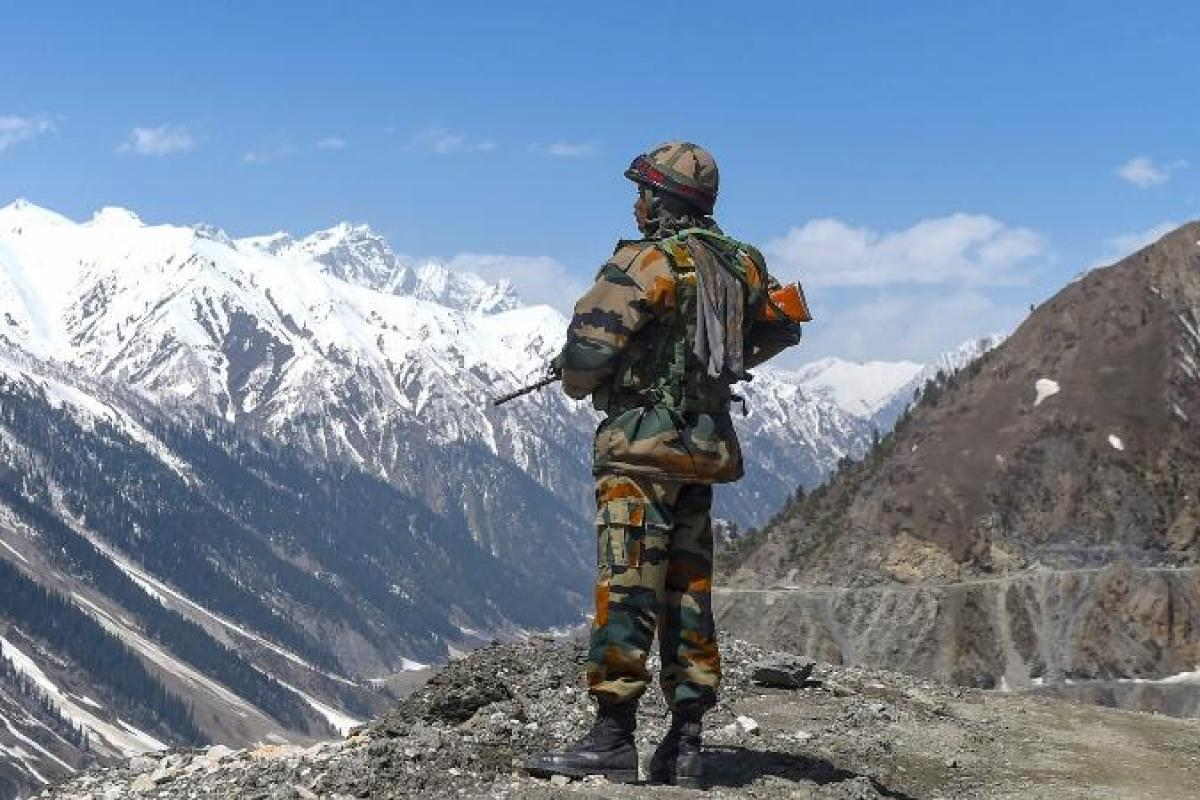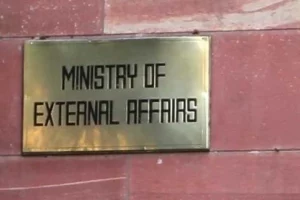On October 20, 1962, China attacked India across the border on many fronts in Arunachal Pradesh and Ladakh. Once it defeated the heavily outnumbered Indian troops and achieved its objectives of "teaching India a lesson," it declared a unilateral ceasefire. Cut to October 2020.
India faces a hostile China again on the border, where the communist country has ended "peace and tranquility" of the last five decades in bloodshed. India has, however, revamped border infrastructure significantly since the Narendra Modi government came to power in 2014. Rahul Kumar of speaks to Indian Army veteran and author Probal Dasgupta on the current stand-off at the Line of Actual Control (LAC) and how the situation is different today. Dasgupta is the author of the book, Watershed 1967: India’s Forgotten Victory Over China. He is a consultant with a US company and lives in Mumbai.
People are drawing parallels between the current situation on the border with what happened in 1962. Is the situation the same or are things different now? Probal Dasgupta: The Chinese government’s authoritarian action projects military power outwards to subjugate emerging rivals at the slightest hint of competition. In 1962, it saw India as the leader of the developing world and went to war to save Mao’s sagging career. India wasn’t prepared to fight a war and suffered heavy reverses. In 1962, the Chinese believed they needed to assert themselves in the region and show India its place. In 2020, the Chinese aggression comes from an assumption that they need to hasten their arrival as a superpower economically and militarily. That is because President Xi Jinping believes he can grow bigger domestically and save his sagging corona-afflicted political career if he dominates India militarily. That brings us to the border issue—the tactical side of a grander, strategic objective.
The Galwan Valley confrontation and Pangong Tso incursions were manifestations of the Chinese belief that India would never fight. However, the PLA suffered reverses against the Indian Army despite taking the initiative and breaking the protocols that ruled our borders for decades. These two incidents have caused a setback to China’s ambitions of a victory in a full-fledged war.
1967: The year when India taught China a lesson. The situation at the Line of Actual Control (LAC) changed on the night of August 29-30 when Indian troops occupied the heights overlooking the Spanggur gap. This was the next occasion when the Chinese came off second best, the first being the clashes at Galwan Valley on June 15. In 1962, India was on the defensive from the word go. The Indian Army hadn’t fought a full-fledged war while Chinese troops were battle hardened in the Korean War in the previous decade. But now, India looks China in the eye as a battle-hardened army. It is China that hasn’t fought a full-fledged war in decades, though it has a bigger army.
IN: Do you think a war is likely to happen? Will China launch an attack with some strategy that we have not thought off?
Dasgupta: There are three possibilities: It’s a deadlock in Ladakh where any incremental gains across the LAC may now be difficult, but skirmishes might take place in other parts of the 3,488km-long LAC. China and Xi will look for an honorable exit and that could come as an illegal occupation or worse, a brief skirmish in any part that is lightly held by India. Possibility two is that Xi may want to wear down India and will thus amass PLA troops through the winter, forcing a high cost on Indian Army troops occupation and logistics maintenance. Possibility three is that in 1962, China attacked when the US was busy with the Bay of Pigs affair. The Soviets were busy as well. With the US election providing China the much-needed window of space and time in 2020, the scenario can seem eerily similar—in a historical sense.
IN: Are we prepared for a war in case we are attacked?
Dasgupta: The PLA has advantages of logistics and infrastructure on its side, though India has been aggressively pursuing infrastructure growth on its side now. I would still think the PLA can replace its existing troops at these difficult places more easily than India, given the connectivity on their side. The Ladakh region experiences an extremely severe winter. The wind chill factor makes survival and logistics difficult. But despite all this, the encouraging factor is that Indian soldiers are skilled and experienced in winter warfare. This is one key difference between 1962 and now. China has believed the western sector is that one area where it could push India in a war, given that it has a lesser chance on the eastern sector. There is a possibility that an India-China conflict could draw Pakistan into it in a limited way, given its other external dependencies. However, India’s rapid deployment at the LAC has sent out a strong deterrent signal to China.
How Indian soldiers defeated Ottomans and expedited end of WW-I In the air, India enjoys a distinct advantage. Remember India didn’t use its air force in the 1962 war, despite its superiority. The PLAAF, on the other hand, operates from high altitude airfields and is constrained by weapons loads. In the Indian Ocean, India has the advantage as over 80 per cent of China’s imports happen through sea lanes that India, with the help of US navy, can block. Thus, India can interdict Chinese imports and choke them at Malacca straits. <em><strong>IN: What is the major difference between 1962 and 2020?
Dasgupta: The geostrategic situation is different today as China has taken on India and much of South East Asia. On the other hand, India is stronger than what it was in 1962 and is now busy weaving a network of nations against China. India is also a large marketplace for a post-Covid global economy. An India-China war will bring the others into play and will turn into a larger conflict that could bring China’s bugbear—the Indian Ocean and Malacca Strait into play. China must ask itself the question: is it ready yet? Its tests at Galwan Valley in June and at Gurung Hill in end-August proved it wasn’t ready.
IN: In India, many people—in our political and intellectual circles—even now think that we should not stand up or even compete with China. What do you think of this assessment?
Dasgupta: I think the ghosts of 1962 occasionally haunt us and I must give China credit for sabre rattling an image that has defied time and its enemy. It is necessary to believe in the strengths we have developed but I think it’s also important to be realistic and know what is possible. China is a bigger and greater power. India is realistic about it and would not want to be unduly aggressive.
However, India envisions a role as an economic and military power today, and the decisions about building robust border infrastructure or reaching out to Tibetans or Taiwan shouldn’t be influenced by a country that has always chosen to aid, support and nurture Pakistan—despite India’s annoyance. In international forums, India will and must take care of its interests. That might mean crossing paths with China, but then it’s China which has to make the choice of peaceful coexistence, not India.
I also think 2020 will prove to be a year of reckoning. Mankind believed it had conquered all fronts on health and disease; we realized in 2020 that it wasn’t true. China believed it had come of age as a superpower; this year, we realized it wasn’t true either.




















